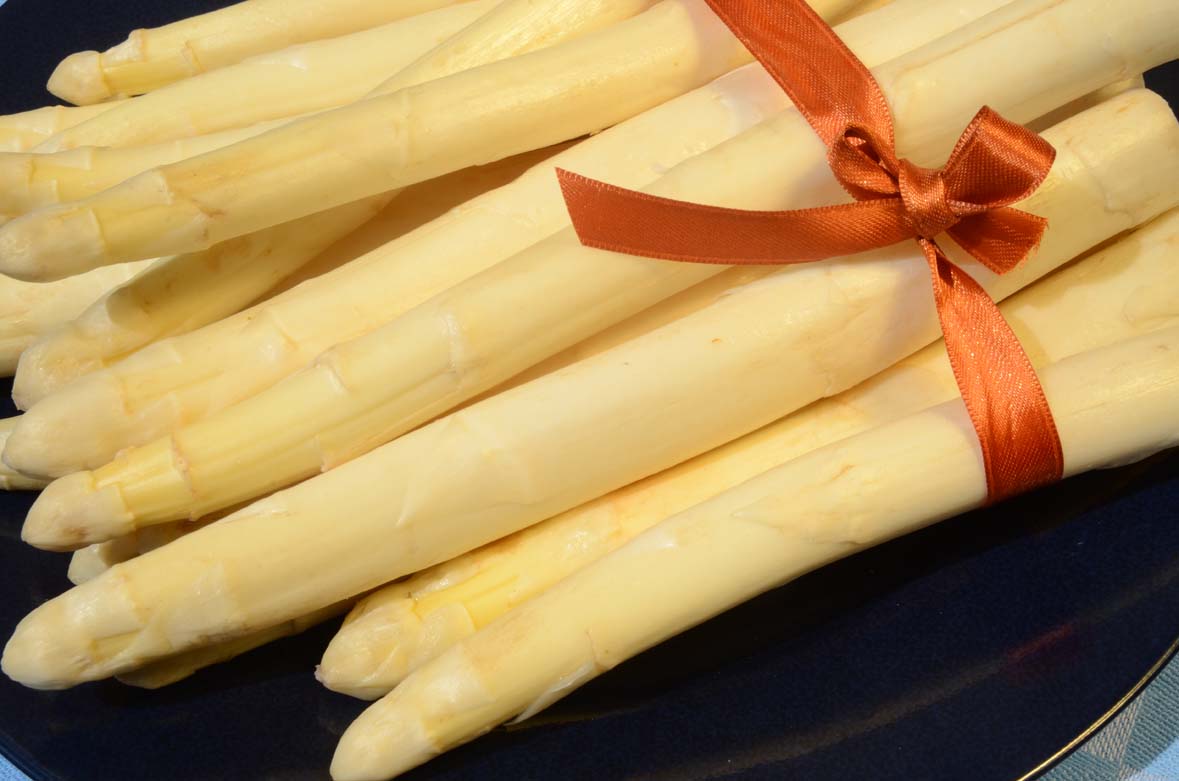Across the world and throughout history baking has always been a festive occasion. Bread and pastry were luxuries compared to cooked cereals. It required finer flour, oil or butter, milk and honey. Moreover it needed more heat, forms or even ovens. In the Ancient Middle East ovens have been excavated which date from at least 6000 years ago and in the oldest written documents professional bakers are mentioned. Ancient Egyptian pictures and scale models of specialised bakeries have been found, showing that they often also served as breweries.
By baking early humankind managed to transform the basic food available, in this case a primitive kind of grain, into something totally new. Bread and pastries were considered evidence of an advanced culture in many ancient civilizations. A Sumerian proverb from one of the oldest collections of sayings in the world, written on clay tablets about 4000 year ago, runs as follows,
(A cake) was made of gunida-wheat instead of honey.
The Nomand ate it and did’t recognize what was in it
(A barbarian does not know what refined pastry is).
B.Alster, Proverbs of ancient Sumer, Bethesda, Maryland: CDL Press, 1997, 103, 390
Most cookery books are devoted to what you can serve with traditional foodstuffs. In this website I want to concentrate on the basic types of bread, cake and biscuits people all over the world are baking from flour. The main types of flour are ground from the seeds of wheat, barley, rye, spelt, millet, buckwheat, oat, chickpea, maize, rice, amaranth and quinoa. Also cassave, chestnuts and potatoes are used. The products are baked in a flat pan made of earthenware or metal, in an oven built of stones or forged from iron, and sometimes they use special metal tools to bake waffles and wafers.
It is amazing how much inventiveness has been invested in the art of baking. Unfortunately I had to make a selection, but I have tried to cover every continent and as many countries as I could visit personally or for which I found reliable informants. Since baking is more luxurious than cooking there are regions where people cannot afford to bake in an oven. Mostly they have to confine themselves to pancakes or flatbread. However, even at this basic level there is much more variation than is commonly realized. And festive it remains to enjoy pancakes, as everyone who has kept in touch with their inner child knows.
Recipes have toured the whole world. Jewish recipes, for example, have been adopted in many countries where Diaspora Jews settled. If I was unable to establish where it started I had to cut the knot sometimes, and in this case I chose Israel.
Obviously countries in which an age-long baking culture could develop are somewhat overrepresented here. Therefrom I have tried to select regional classics. Whenever that seemed necessary I have taken the liberty to modernize the recipes without impairing their key caracteristics. I have aimed to include a wide variety of preparation modes and types of flour, indicating where the more exotic types can be obtained. All recipes rely on normal kitchenware, so one will look in vain for a custom-built brick oven, but a French baguette from your own cooker is definitely within the range of possibilities.
Caption:
Old Egyptian bakery (c. 3300 year ago). Top left: two servants knead the dough with their feet. Top middle: water-carriers. Top right and below: bakers forming bread: round, triangular, but also more fanciful shapes, e.g. small cows. Bottom right: a man carries flatbread dough to the charcoal ovens in which the slices are pressed against the hot inner sides. Such ovens are still in use, in Damascus for example. Bottom left: probably deep-frying in a metal pan. Picture after Darby, Ghalioungi and Grivetti, Food: The Gift of Osiris, vol. 2, London: Academic Press, 1977, 523.










